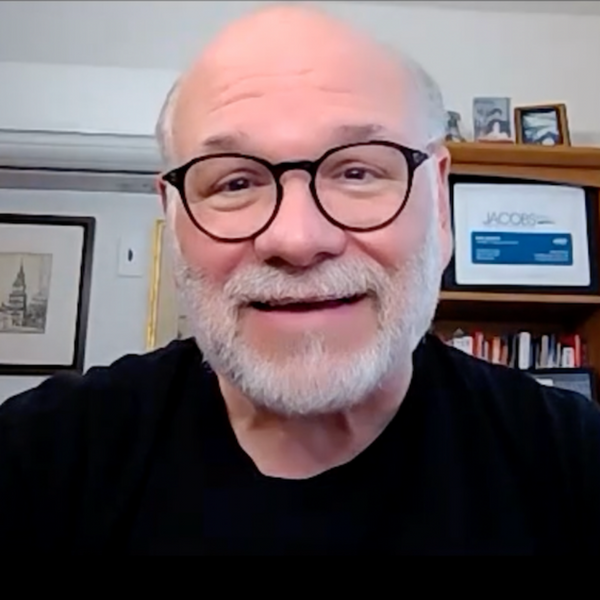Sabrina Browne on Overcoming Health Challenges, Remembering What Matters Most
By Ken Jacobs
June-July 2024
Sabrina N. Browne is co-vice chair of PRSA’s DEI Committee and co-lead of PRSA’s Black Voices Affinity Group.
Browne has also served as a vice president at BCW, where she advised Fortune 500 clients on earned media relations, strategic communications, executive visibility, product launches and campaigns, celebrity and talent relations, and DEI. In her philanthropic endeavors, she works with different organizations to advance menstrual health.
Here, she discusses creating a diverse environment, overcoming “DEI exhaustion” and surviving a brain aneurysm.
How can any organization create a diverse environment?
I believe that sustained organizational commitments are essential for DEI to be successful from the classroom to the boardroom. Organizations should move beyond performative actions and work to embed DEI into their core strategies.
This includes long-term investment in DEI training and community engagement. Organizations can also develop strategic partnerships and programs that specifically target the needs of the communities they’re trying to reach and engage.
With PRSA and the PRSA Black Voices Affinity Group, we regularly engage with communities to understand their needs and identify solutions for their challenges.
Some people say they’re feeling “DEI exhaustion.” How do you respond?
In 2020, the United States witnessed an unprecedented surge in commitments to diversity, equity and inclusion from companies and brands nationwide.
As co-chair of PRSA’s Black Voices Affinity Group, I believe this collective awakening heralded a new era of social responsibility and inclusivity. However, as we stand in 2024, there is a concerning trend of some entities rolling back their DEI commitments.
In speaking with our affinity group members, we have learned how a diverse workforce brings varied perspectives and fosters creativity and problem-solving. Organizations seen as inclusive attract a broader consumer base.
Ultimately, we all have a role in shaping societal norms and values. By advocating for DEI, we hope to influence public attitudes and contribute to a more equitable society now and in the future.
Who are your leadership heroes or heroines, and why?
I am inspired by remarkable women leaders including Dr. Kathleen Rennie, APR, Fellow PRSA, chair of the clinical faculty of integrated marketing and communications at NYU’s School of Professional Studies; Judith Harrison, chief diversity, equity and inclusion officer at Weber Shandwick; and Kory Marchisotto, chief marketing officer at e.l.f. Beauty.
In the face of adversity, each of these remarkable female leaders has risen above challenges, broken barriers and redefined what it means to be an industry leader. Their influence extends far beyond the workplace, touching lives and inspiring countless others to pursue their dreams with courage and conviction.
You’ve been upfront about having had a brain aneurysm. How did that experience affect your leadership approach and your life?
Surviving my brain aneurysm in the fall of 2007 instilled in me the traits of tenacity, hope and faith, which continue to fuel my career today. I learned that our lives are not just stories of career success; they are tales of courage, endurance and an unrelenting belief in the power of dreams.
Through my medical team, family and faith, I was able to navigate tumultuous waters and today serve as a beacon of hope and pillar of strength for other brain aneurysm survivors. There is life after your aneurysm, and I hope my story continues to inspire people in and outside the PR profession.
In addition to your communications career, you’re a leader in a campaign to address “period poverty,” which the National Institutes of Health defines as women having “insufficient access to menstrual products, education and sanitation facilities.” What are the campaign’s goals, and why is this issue important to you?
Nationwide, lack of access to menstrual-health products has prevented people from attending work and school and contributing to society at large. This is known as period poverty, and it impacts millions of Americans each day. Despite several U.S. states having increased action to help end period poverty, which they’ve communicated on social media with the hashtag #EndPeriodPoverty,” 56% of society believes the government should do more to provide free products to those who need them, according to Always.
I have been committed to helping end period poverty since 2019. Through The Flow Initiative, we have distributed more than 1.3 million menstrual health products nationwide.
I enjoy giving back to my community. I grew up watching my parents help those in need, so that trait was instilled in me from a young age.
You’re also a luxury content creator and an influencer. How do you find time to do so much?
Beyond the workplace and serving those in my community, I enjoy traveling abroad and sharing my adventures as a luxury content creator. I balance my priorities and passions by blocking off my calendar in advance. With apps like Motion, I can stay organized and prioritize my well-being and mental health.
Self-care isn’t selfish. When we invest in ourselves, we can better contribute to the people and things that matter most in our lives. ϖ



